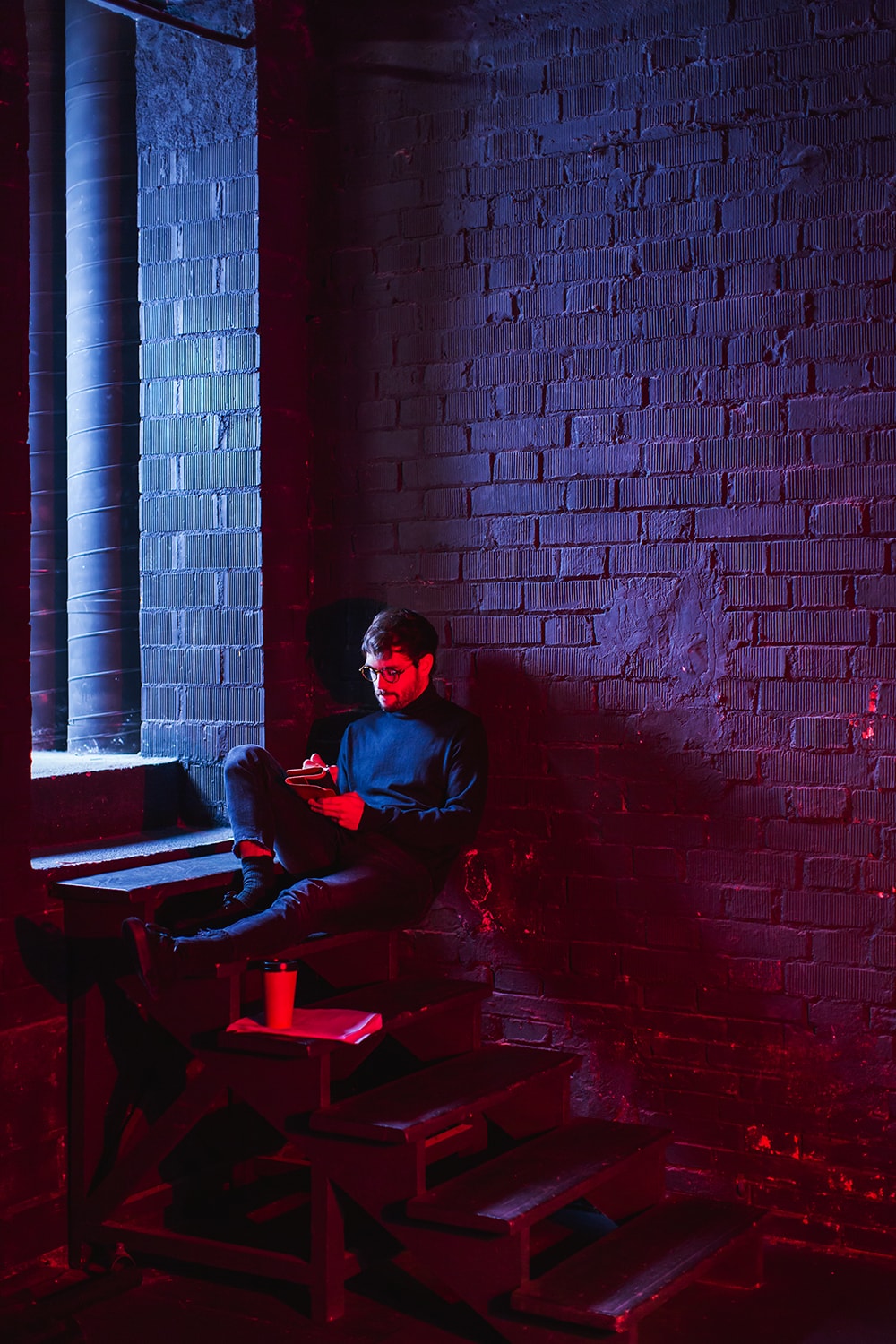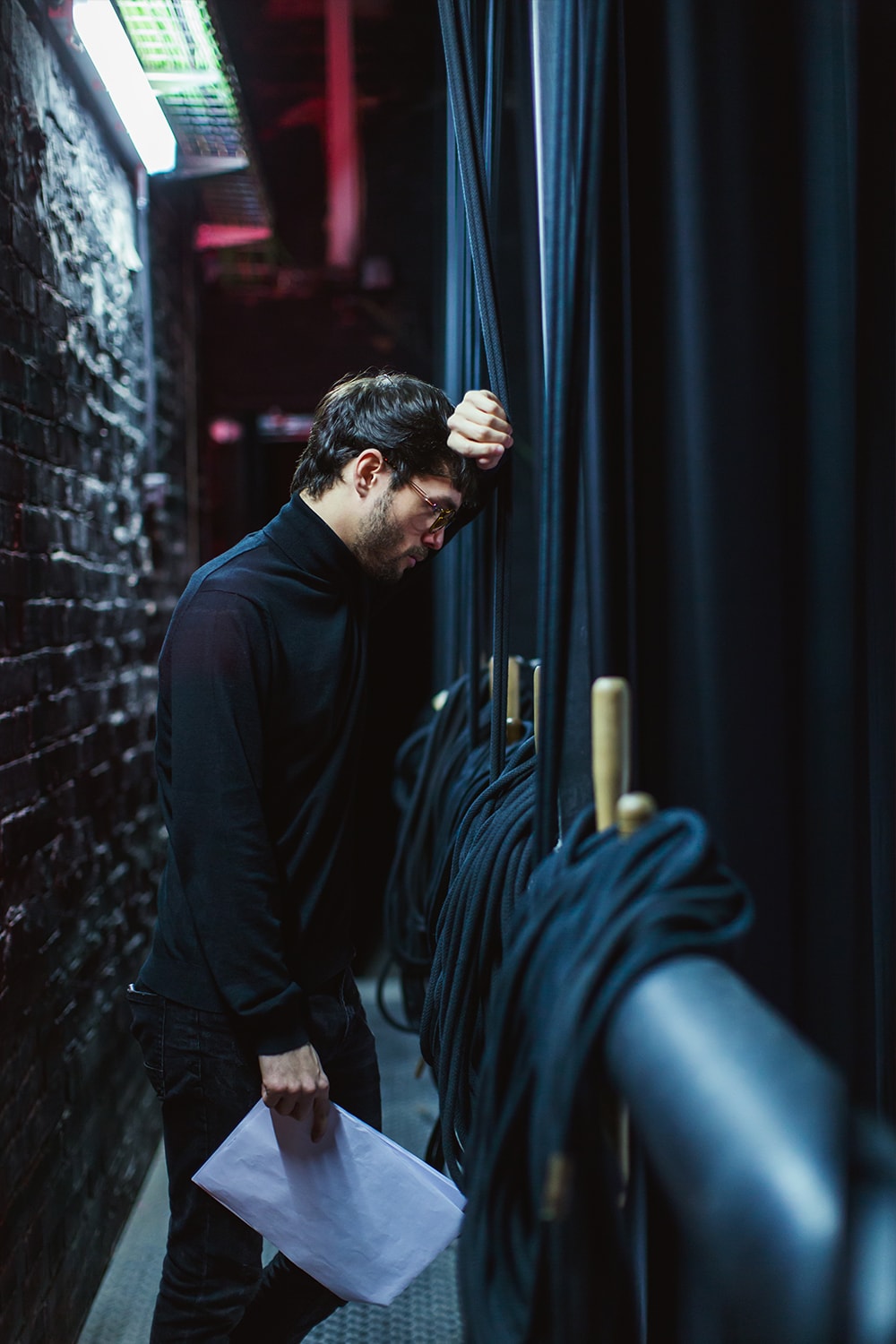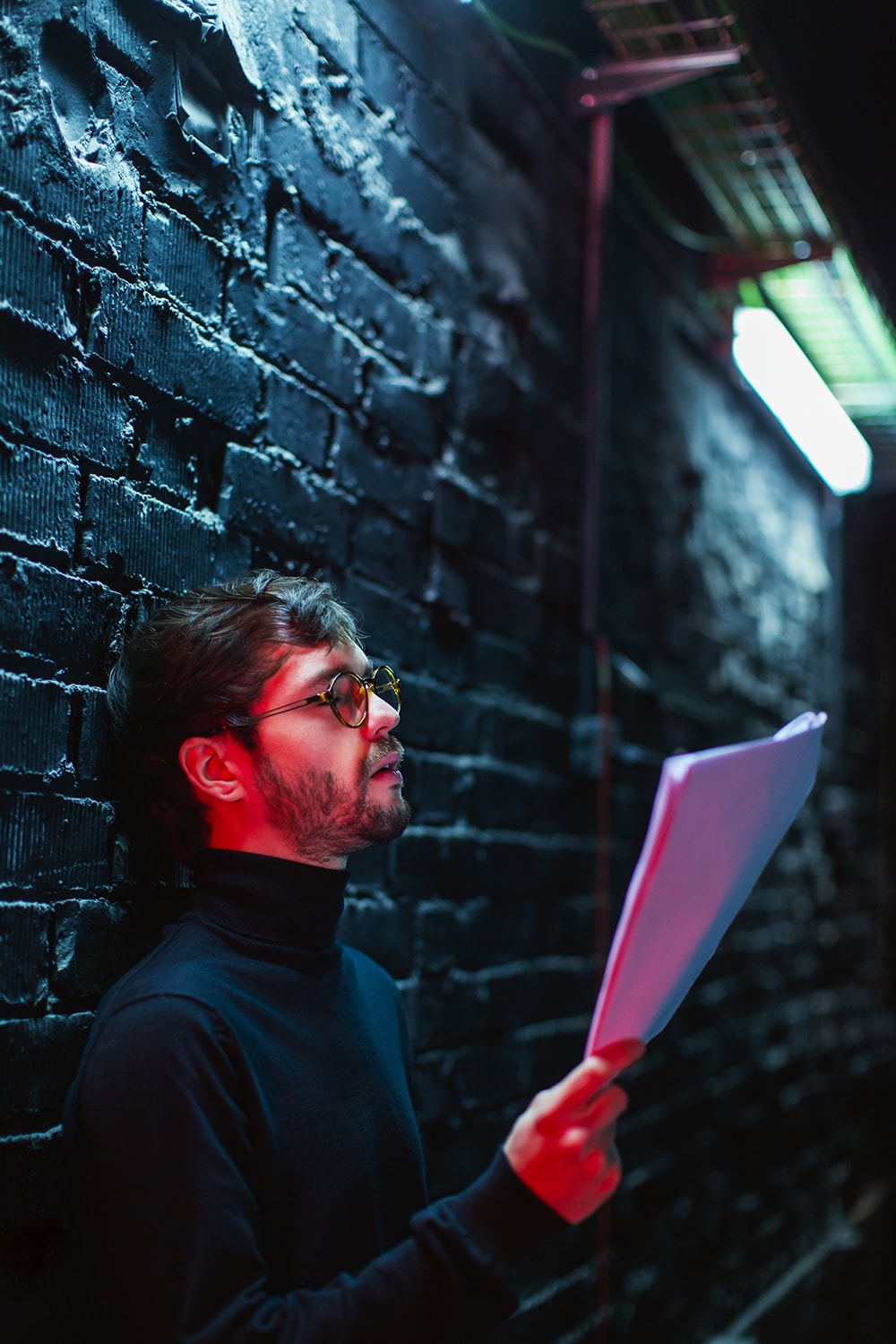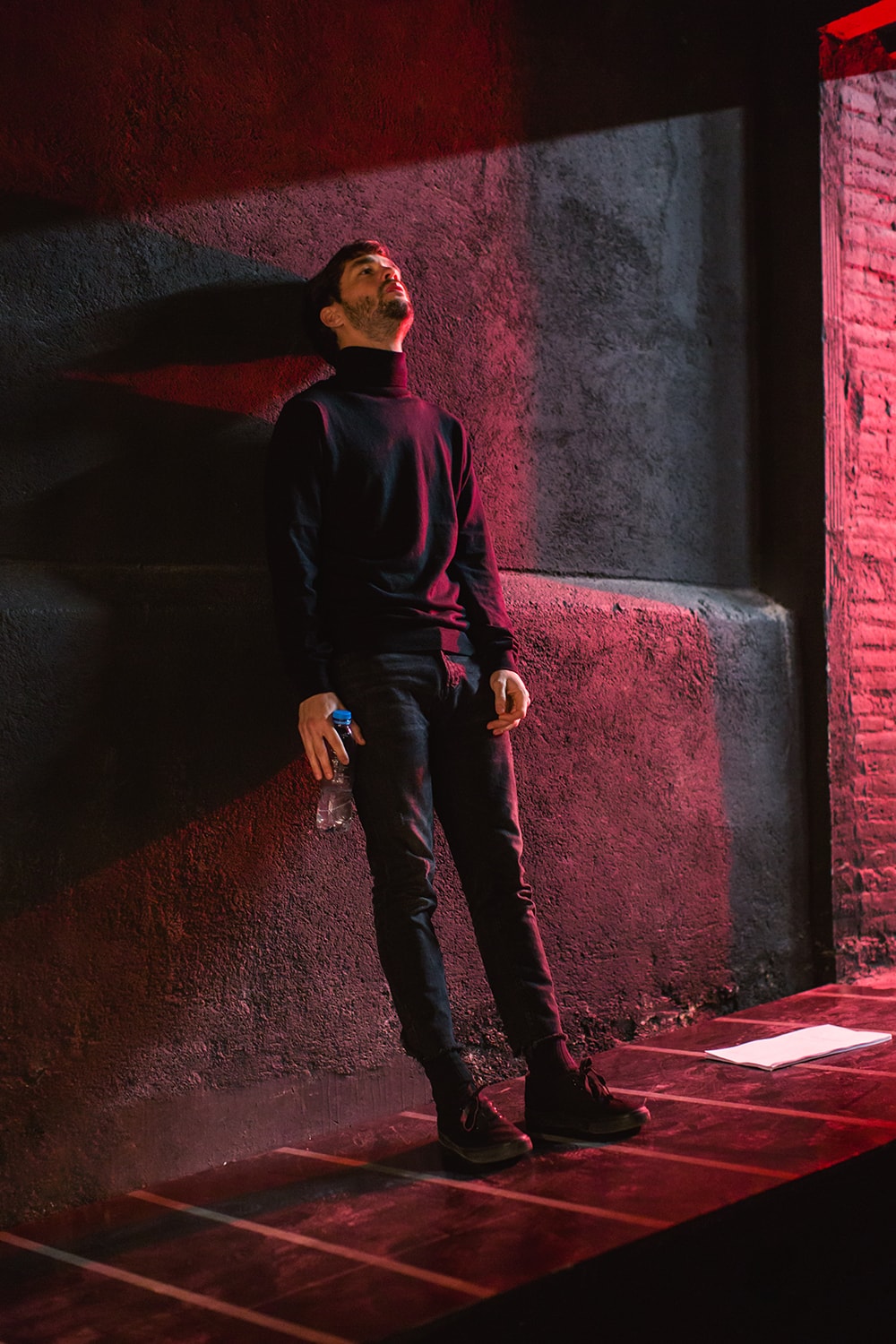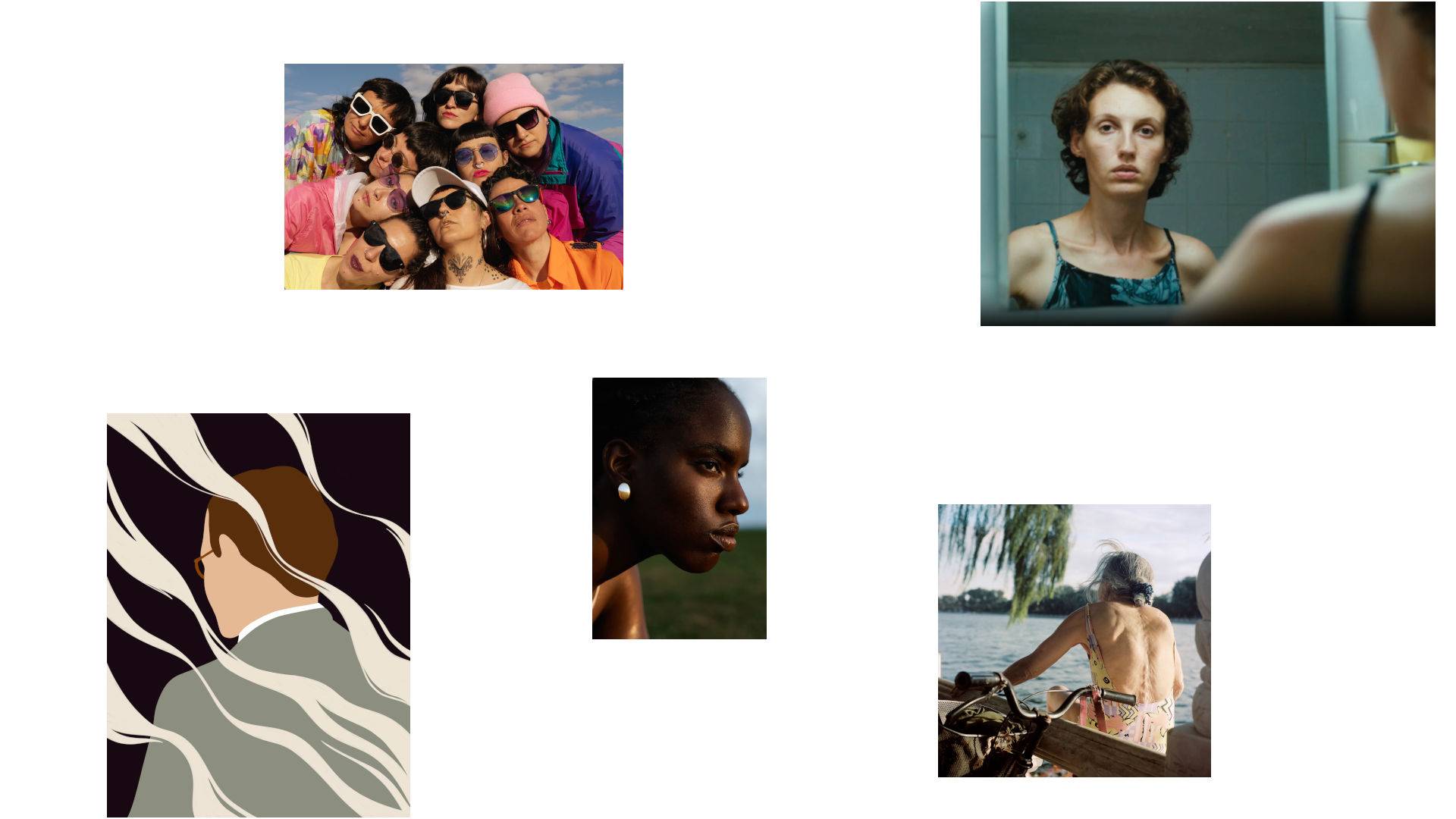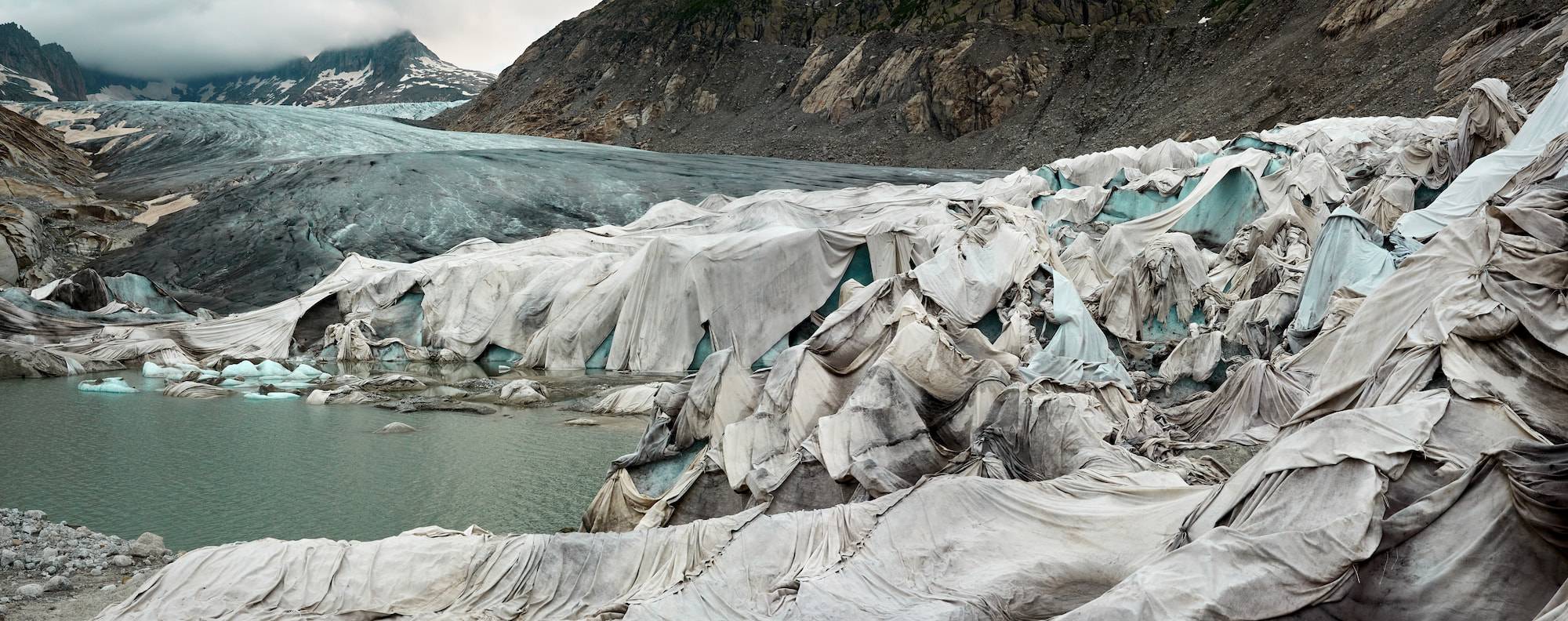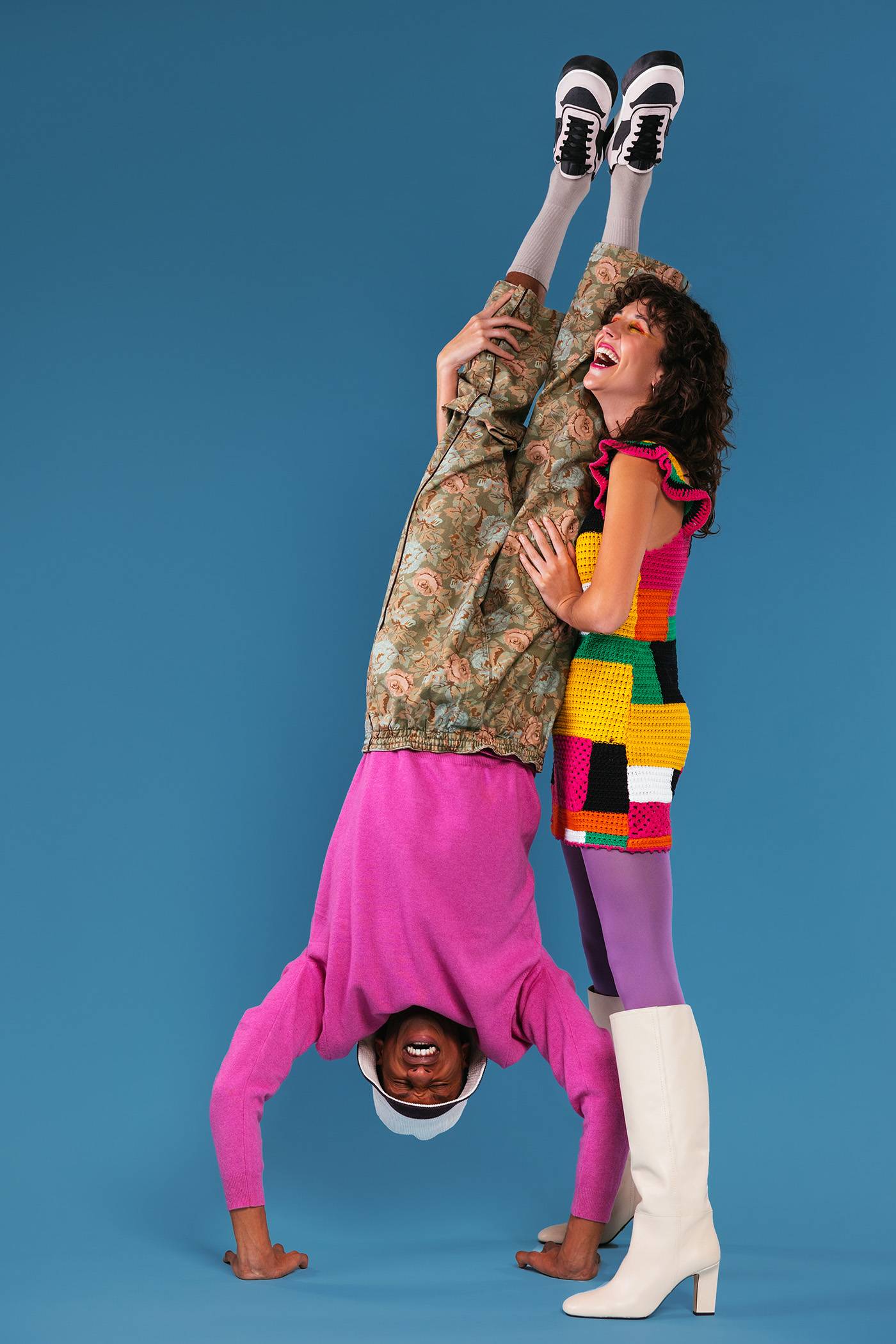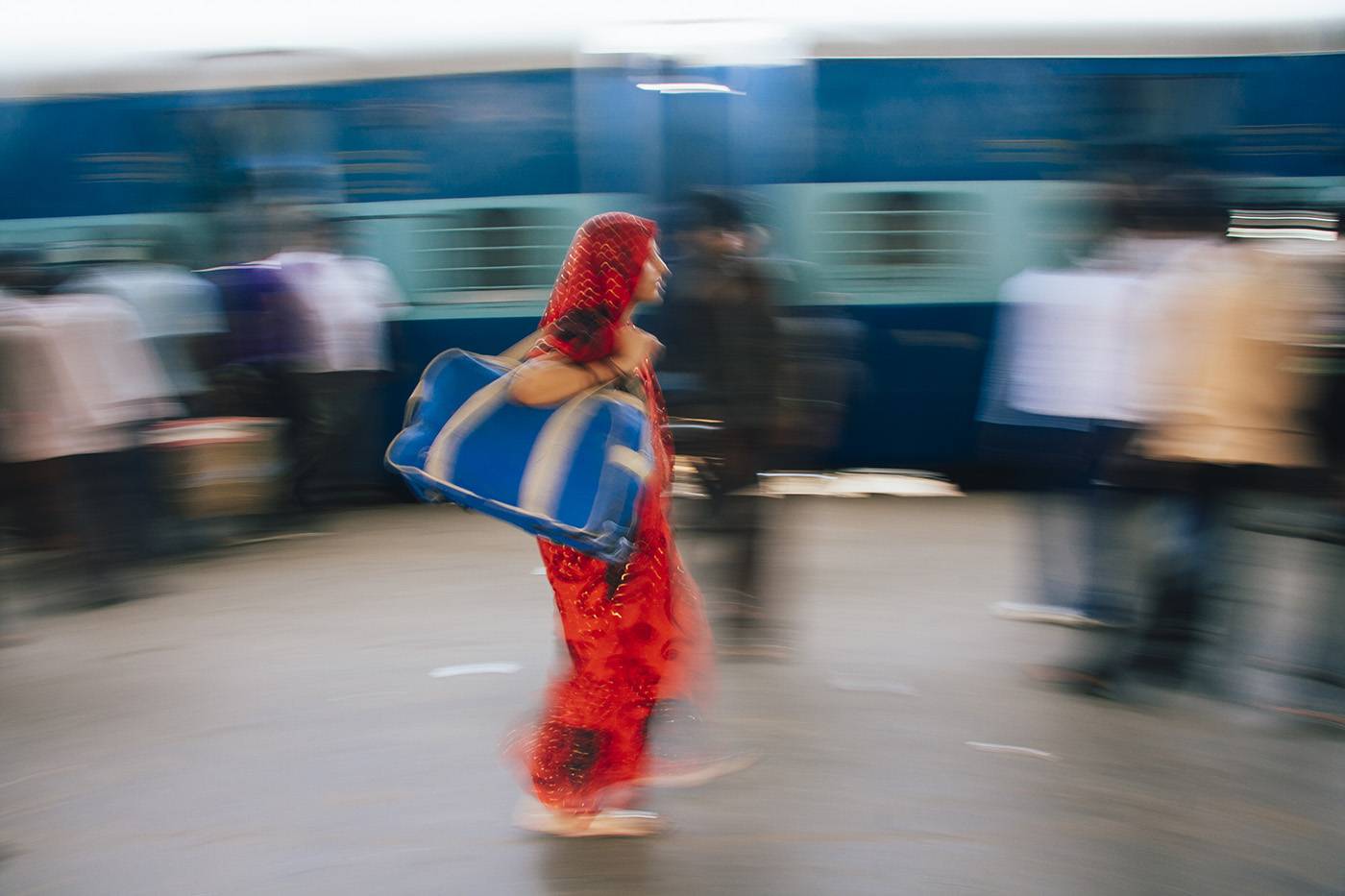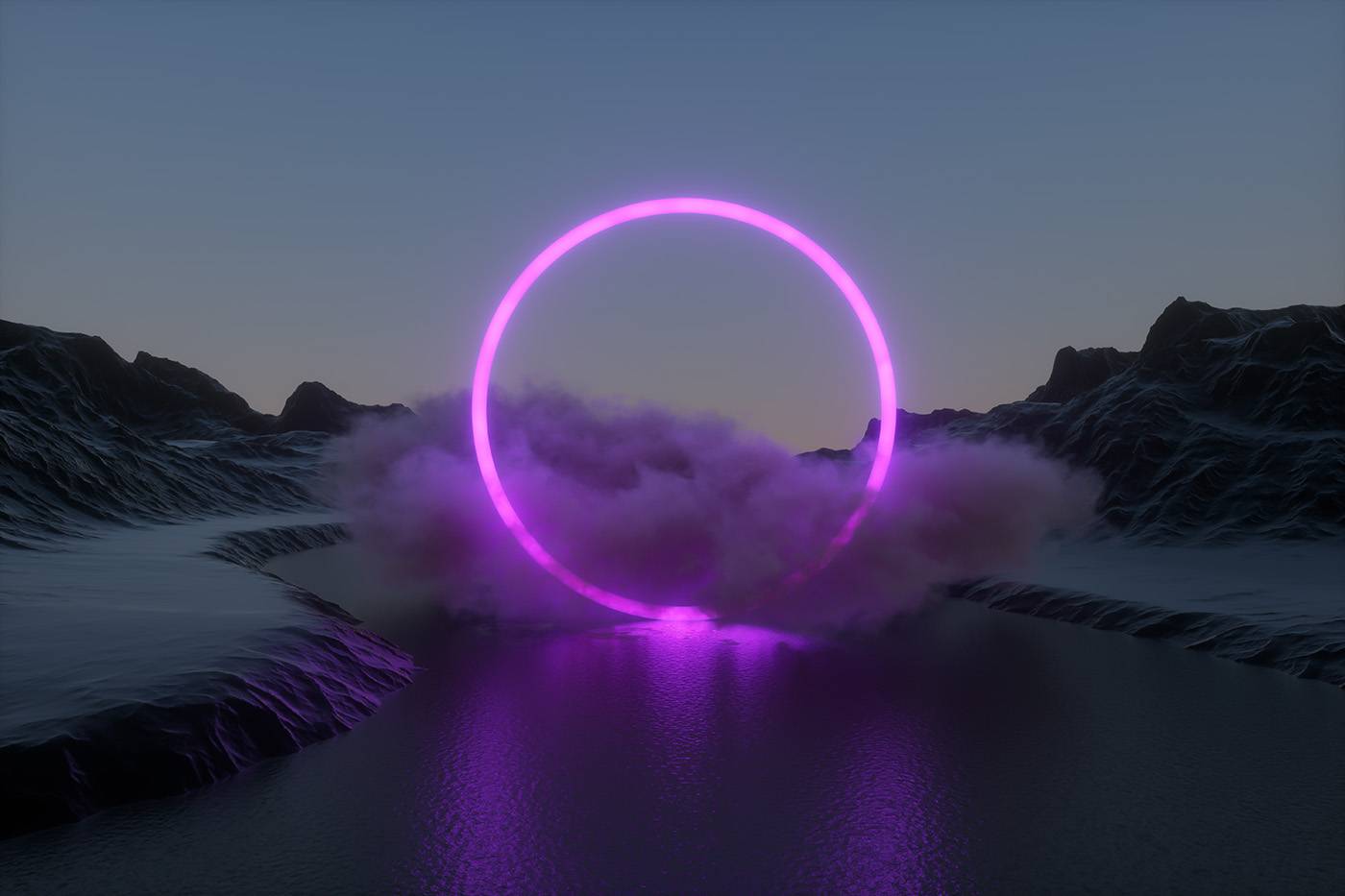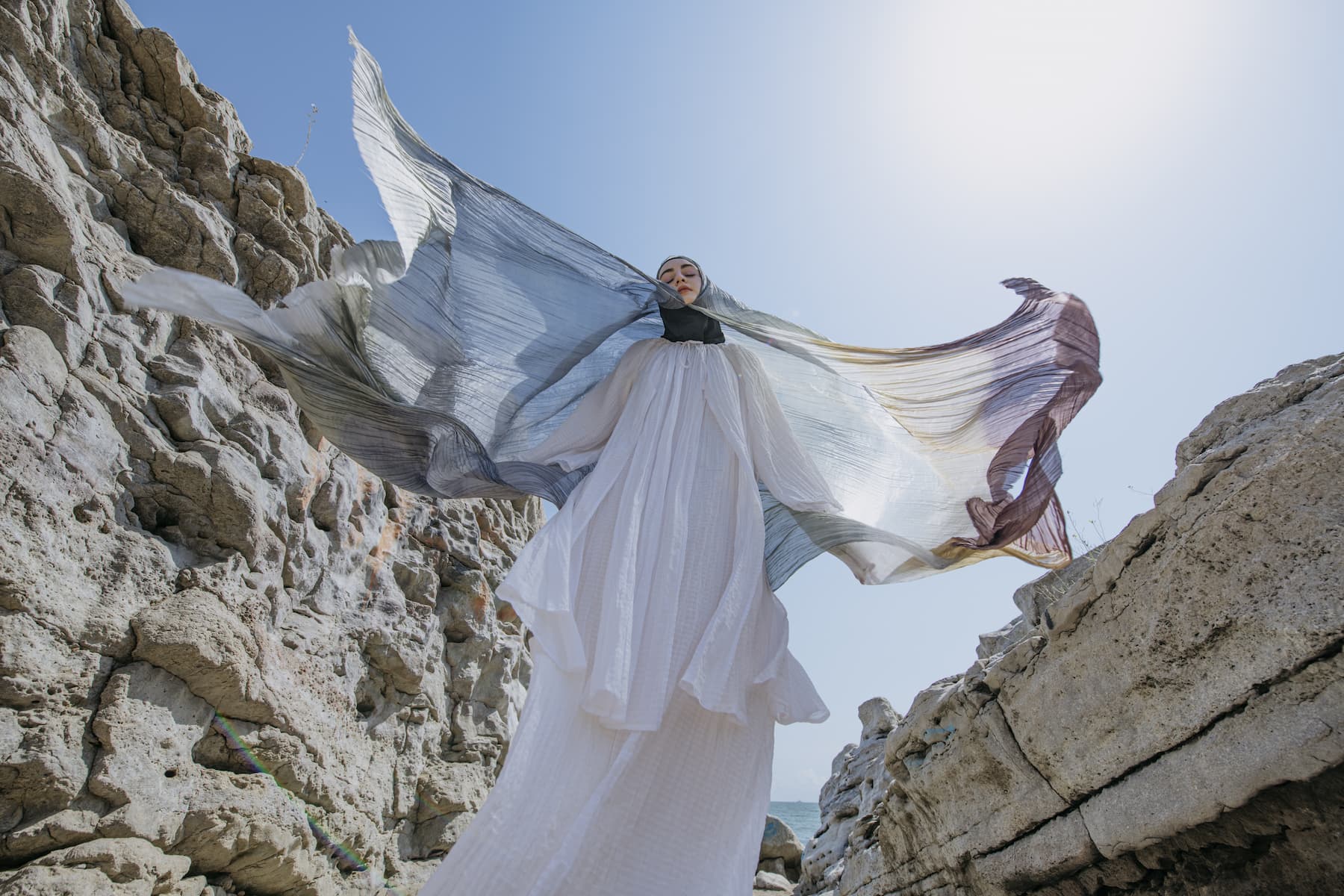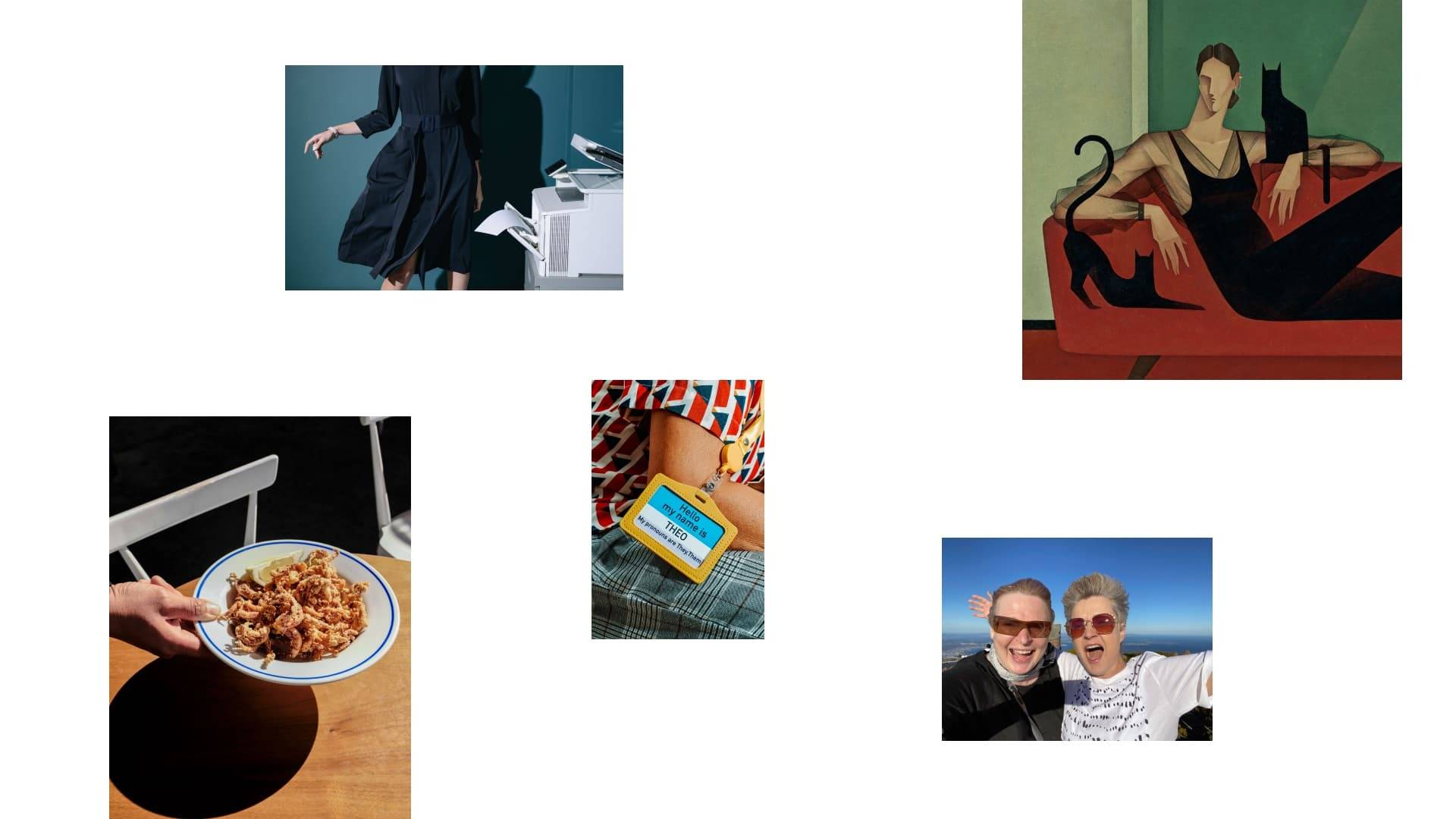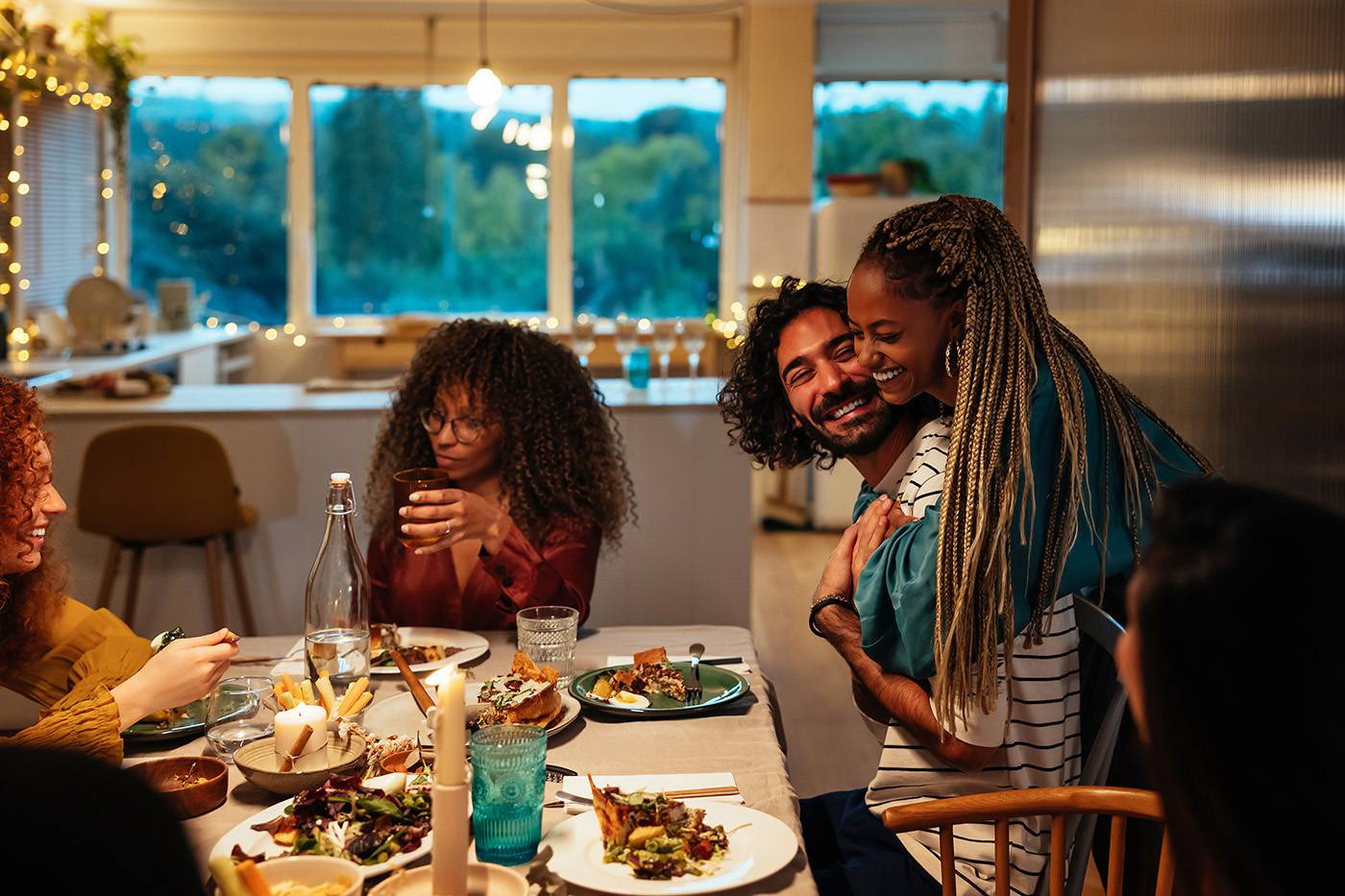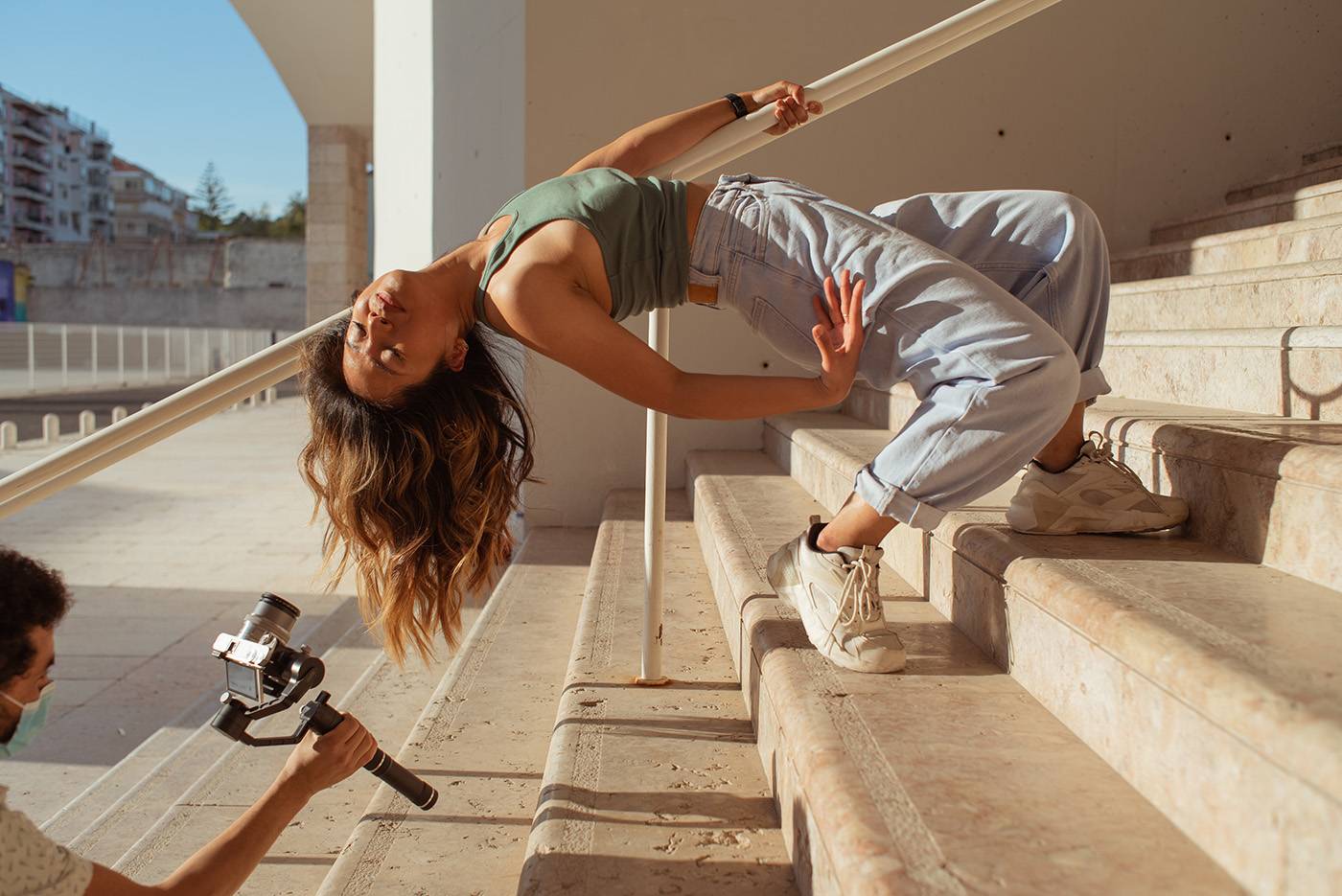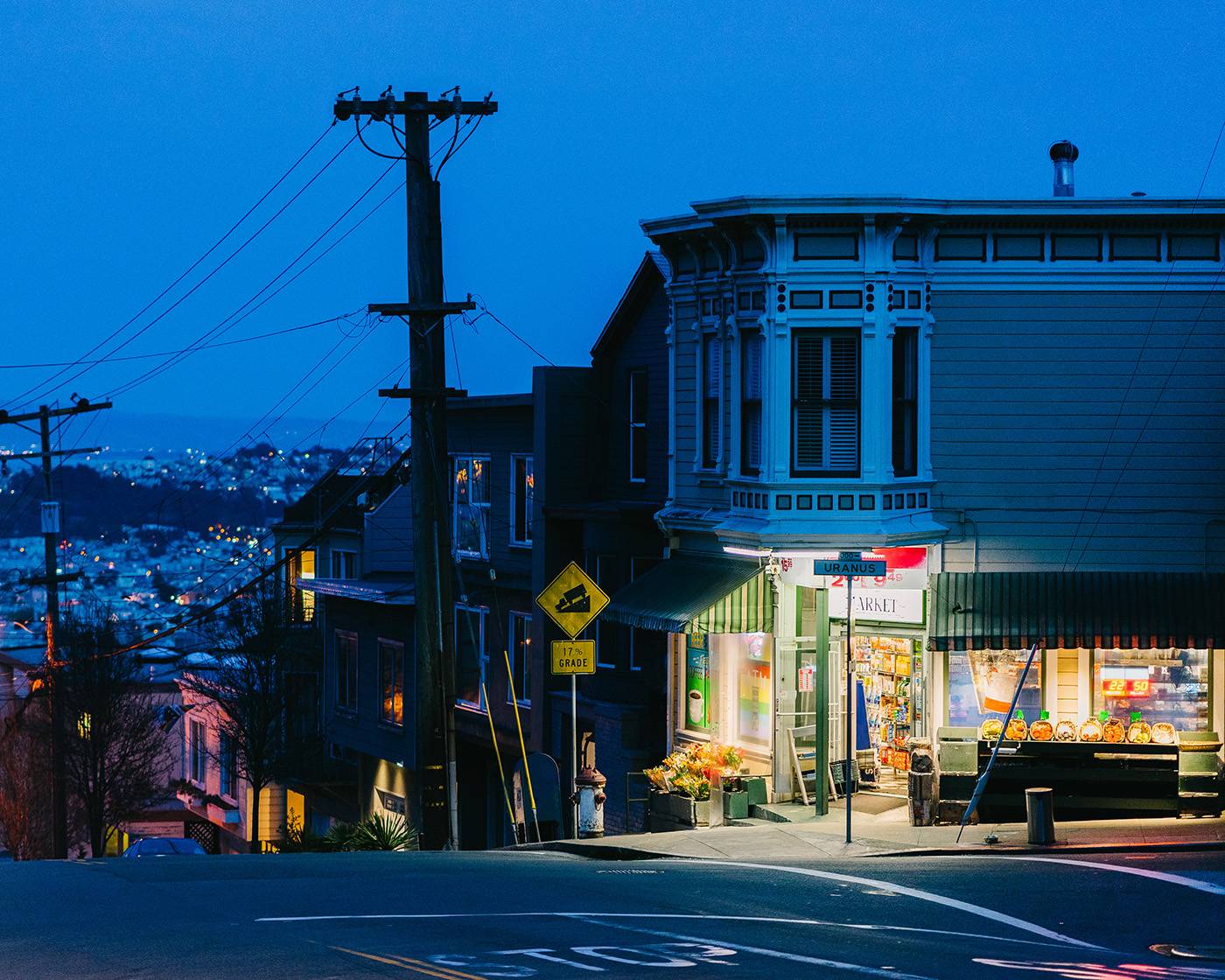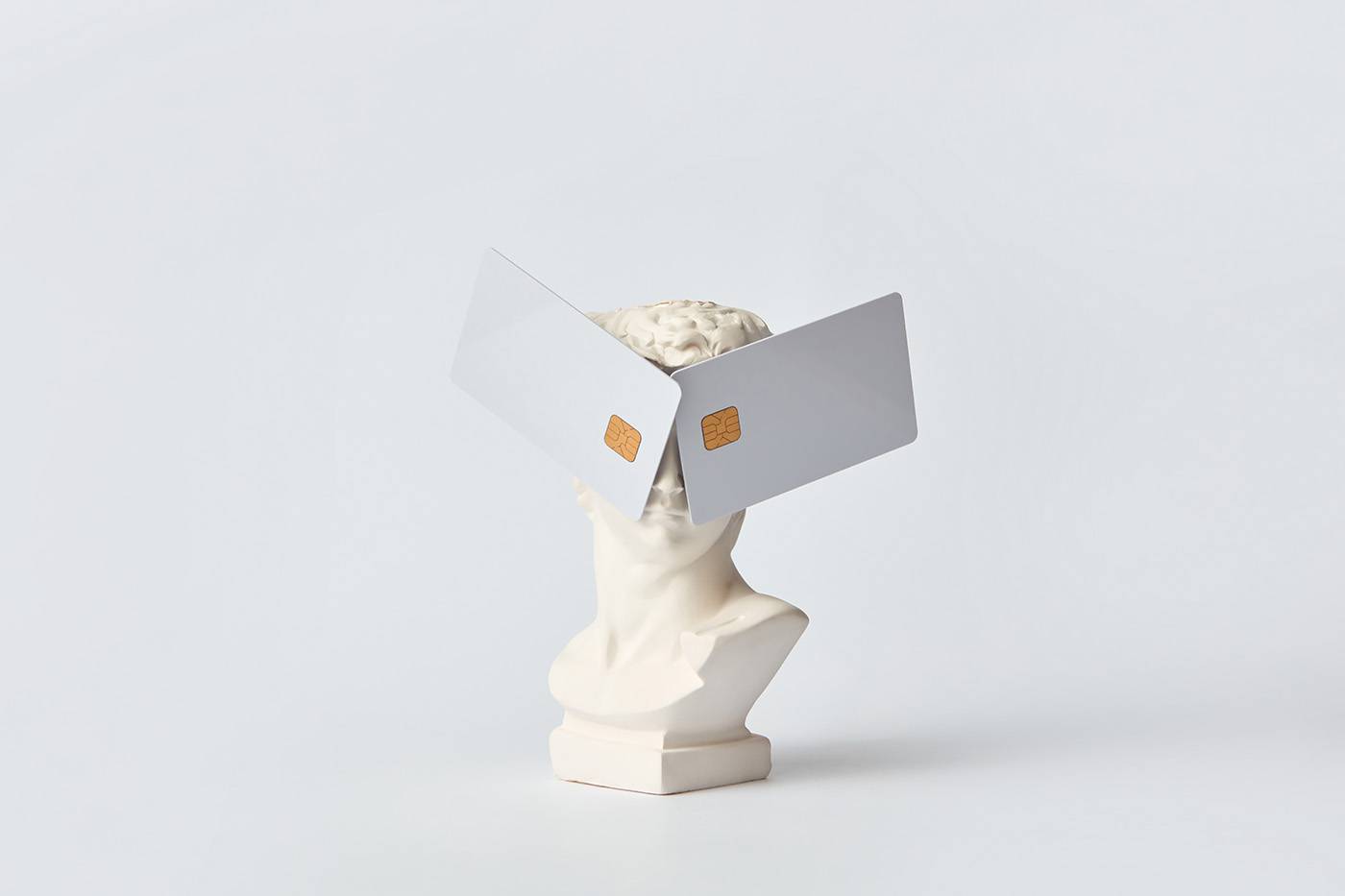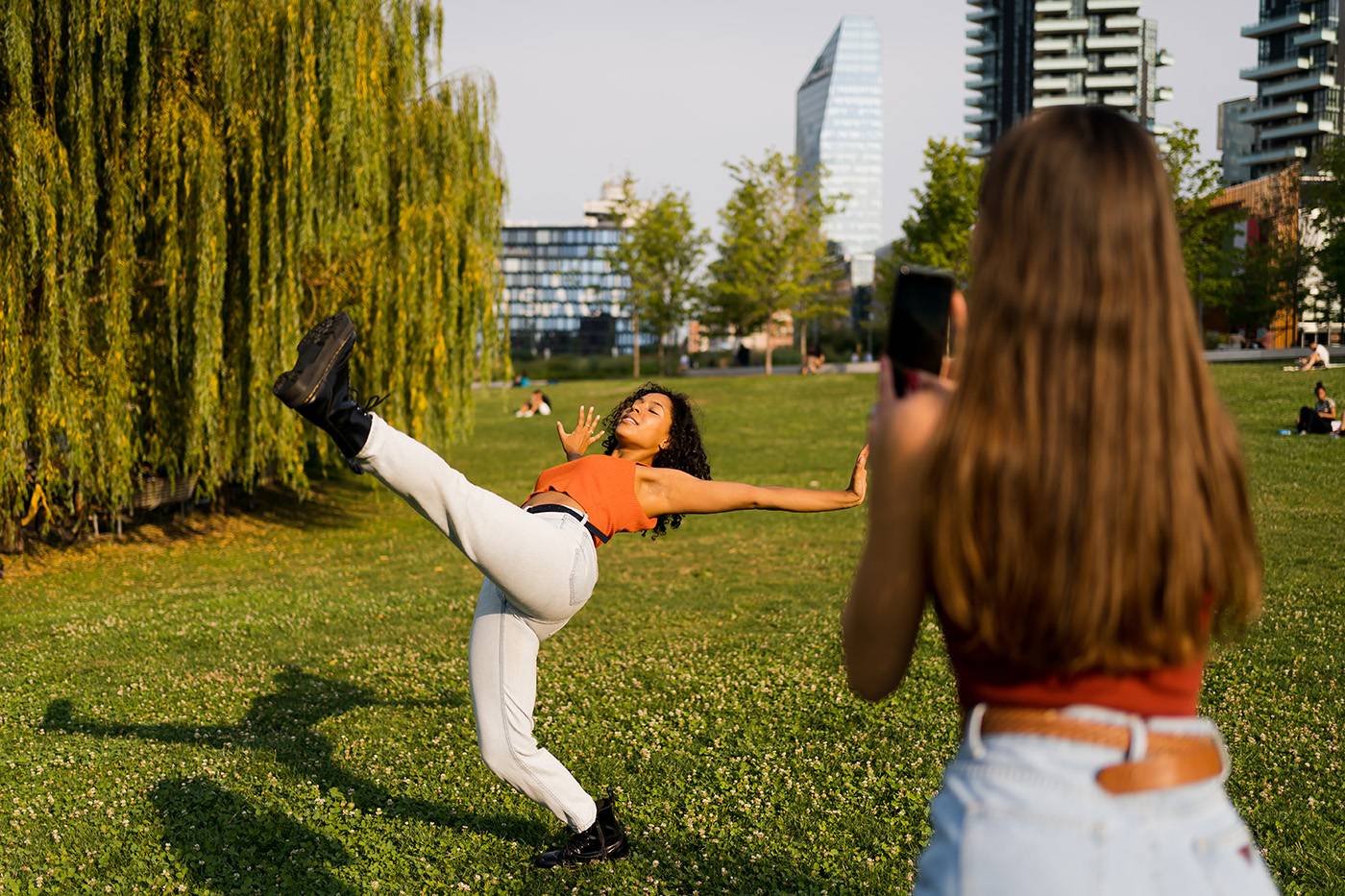Narratives are integral parts of communication in filmmaking, and stock footage is no exception. Although not all video clips in a video library will follow the traditional cinematic narrative structure, knowing how to tell a compelling story with stock footage is a huge asset to any designer or producer’s skillset.
The team at BONNINSTUDIO recently dove into their first shot at creating a narrative video set for Stocksy. And they totally nailed it. By creating an overarching theme, crafting a storyboard, envisioning framing, and experimenting with lighting, BONNINSTUDIO’s Stage Fright communicates a clear vision from beginning to end. Here’s how they did it.
From video clips to narrative film
First, a little bit about narrative video. A narrative is the result of a story and plot coming together. They’re methods for creating intrigue and constructing meaning.
There are many kinds of narrative video structures. The most common, however, is the classic narrative. You know it well. It’s the structure used by the vast majority of filmmakers in most of the movies you’ve seen. A classic narrative is broken into 3 parts: beginning/middle/end. The beginning is the setup, the middle is the development, introduction of conflict, and climax, and the end is the resolve. Some film genres will rearrange or omit parts of this structure — i.e., film noir is notorious for unresolved endings. BONNINSTUDIO however, adheres to the classic structure, making for a satisfying, classic 3 part narrative.
BONNINSTUDIO’S approach
Concept
The development of a concept or theme ultimately sets the tone for the entire shoot. It can be a great guide to inform how the narrative is set up and executed. Before crafting a story, Eduard Bonnin of BONNINSTUDIO had a theme in mind for his shoot — something that just about everyone on the planet can relate to.
“More than a story, it is a reflection. In this shoot, I wanted to talk about anxiety,” Eduard shares. “In some way, we all have anxiety, especially for the things we do with love. I’ve done so many photo shoots in my life, but I still have anxiety the day before, the hours before, right up to the shoot. Will the weather comply? Did I choose the right location? Did I hire the right model? Have I missed something important? So, this emotion of anxiety and fear was the basis for the shoot.”
Storyboard
With a concept ready, BONNINSTUDIO were ready to start the storyboard. As most filmmakers will attest, having a strong storyboard before going out to shoot is elemental to creating a cohesive storyline. “We worked around the concept of an actor submerged in the day of his premiere. He is a man embarking on an opportunity, maybe his first big shot. The character is a pretty average man. He is strong, but he has normal self-doubts.”
Within this storyline, BONNINSTUDIO built a beginning, middle, and end into the narrative. The actor wakes up, ready but nervous, establishing the character and tension. In the middle, we see our character traveling to his gig, practicing backstage, and (climax) finally going out on stage. In the end, he has finished his performance and that anxious tension is lifted from both the actor and the audience.
Shotlist and frames
Related to the storyboard but more granular is the shotlist. It’s not necessary to get all the shots ready prior to shooting day but it is a great asset to have some must-haves ready to act as a guide and ensure that a filmmaker doesn’t miss any essential details. “If you put all the work in up front — think about your story, write it down, draw a storyboard, think about colors, create a shot list — then you can let the creativity flow when it’s time to shoot,” says Eduard.
Having a shot list also ensures that there is plenty of variety in the video clips, i.e., close-ups, panning shots, high angles, bird’s eye, etc. That variety not only helps to better tell a story but also offers more stock footage options to choose from in a collection.
Lighting technique
The use of lighting technique is one of the key elements of strengthening a narrative video. The ultimate mood enhancer, lighting can be used in countless ways. In Stage Fright, BONNINSTUDIO contrast natural light and low key lighting to add dimension. In the beginning, the use of ample natural light creates a sense of realism. The intention is to bring the viewer into the protagonist’s world via a common human connection. Later, when we are in high alert, building to the story’s climax, low key lighting is used to create dark contrasts, communicating mystery and suspense. Is it going to be the best performance of his life? Is he going to blow it? The tension is palpable.
In addition, the use of red gels throughout further communicates the feelings of anxiety and doubt. “I used this effect to reinforce the principal idea about anxiety,” Edu says of the red lights. “It also helped to tie the story between his different locations and at the same time give it visual strength.”
Of note: Color grading is another great method for communicating a continuous tone throughout a video or film. Check out this article on why color grading matters for more info.
Fin
BONNINSTUDIO’s Stage Fright shoot is a great example of how stock footage can be shot with the same techniques as a feature film. By creating a conceptual vision and following it up with narrative video techniques, Bonninstudio were able to create a compelling and artistic set of stock video clips. Those individual video clips can be worked together in many different ways to tell the character’s story while still having a tight conceptual framework in every piece of footage. Bravo!
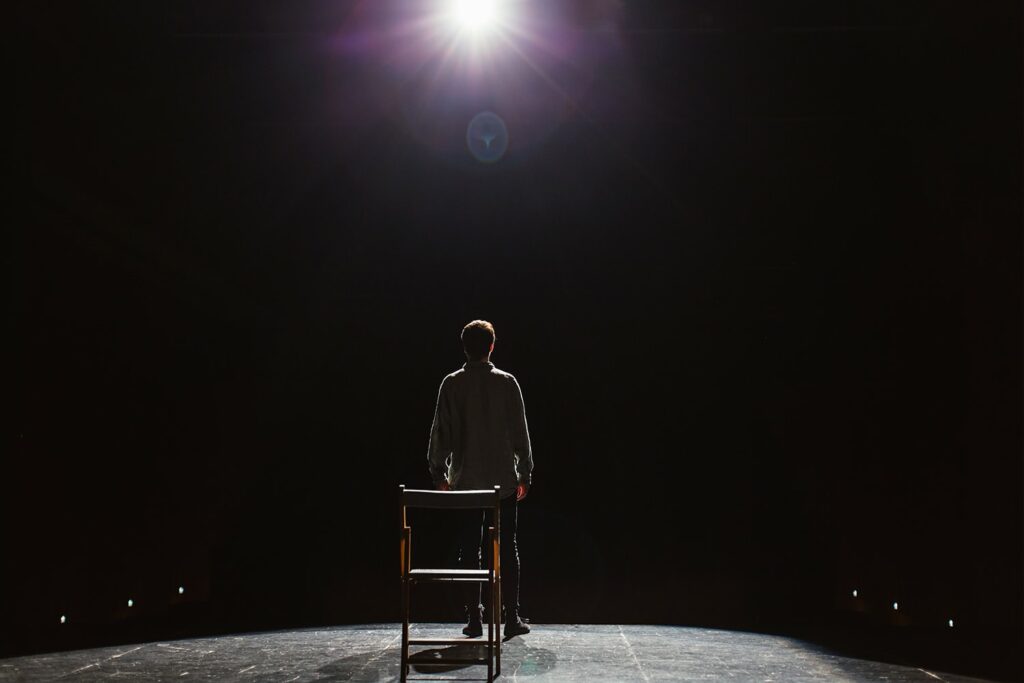
Eduard Bonnin is a Barcelona-based commercial photographer with over 10 years of experience. His career began in product and portrait commissioned works and in 2013 moved to shooting stock exclusively, focusing on lifestyle and portrait photography. See more of BONNINSTUDIO’s work here.






